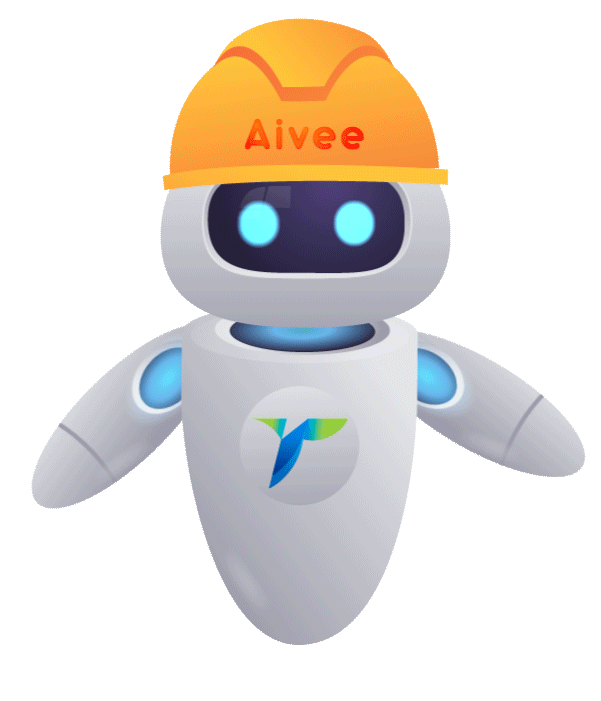

Aivee
Your AI assistant for Tridiagonal.AI
Schedule a Meeting
Fill out this form and we'll get back to you shortly.
How would you rate this response?
Driving Industrial AI Performance, Reliability, and Continuous Improvement with Smart Agents
The AI Lifecycle Management Agent harnesses PlantGPT’s Agentic AI to monitor, diagnose, retrain, and scale AI/ML models—ensuring they remain reliable, explainable, and production-ready across industrial operations.
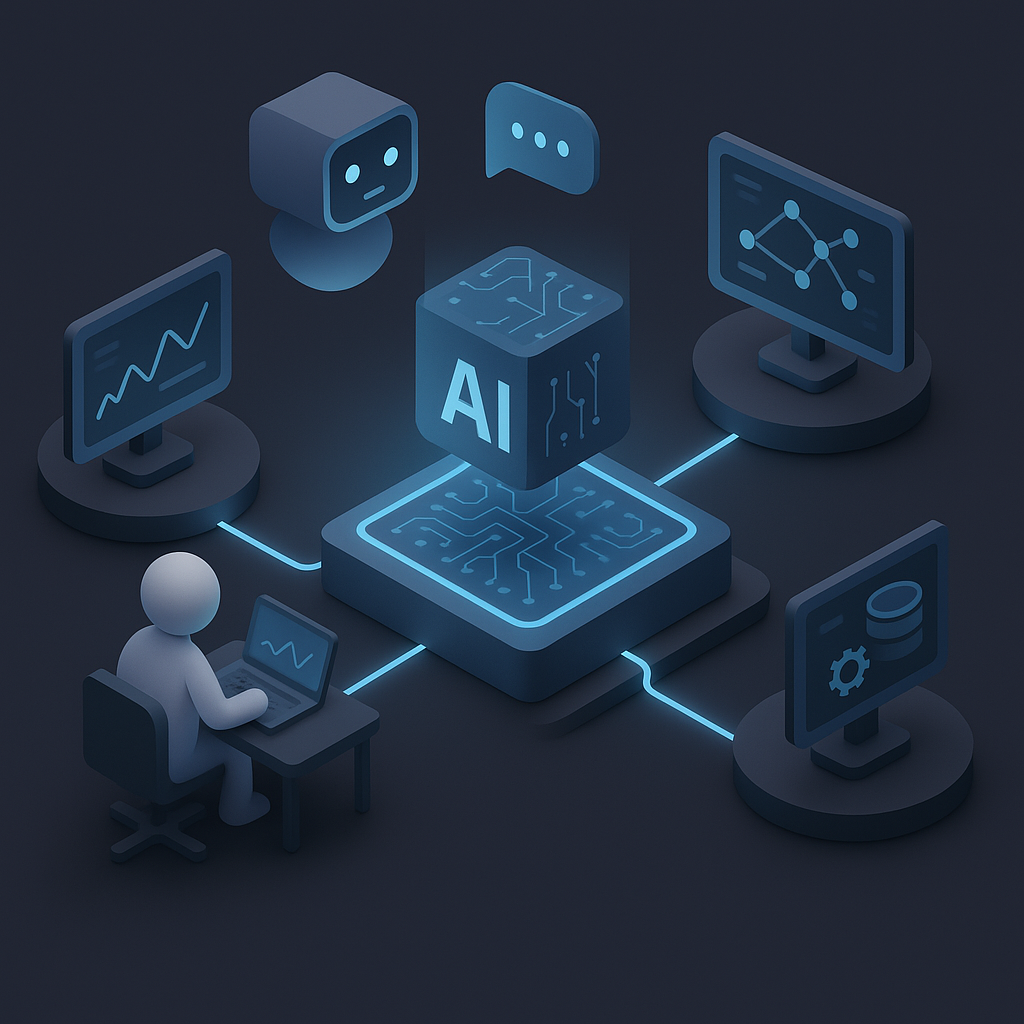
About Us

How It Works?
AI LCM Agent uses Agentic AI and Generative AI to orchestrate the entire AI/ML model lifecycle intelligently, ensuring sustained performance, regulatory alignment, and operational impact.
-
Step 1Intelligent Model Contextualization
-
Step 2Continuous Monitoring and Drift Detection
-
Step 3Intelligent Diagnosis and Root Cause Analysis
-
Step 4Prescriptive Retraining and Optimization
-
Step 5Smart Governance and Compliance Reporting
.gif)
- Dynamic Model Mapping: Agentic AI creates a real-time inventory of deployed models, data pipelines, and operational KPIs linked to each AI/ML system.
- Operational Linkage: AI connects models to underlying processes, assets, and business objectives for full traceability.
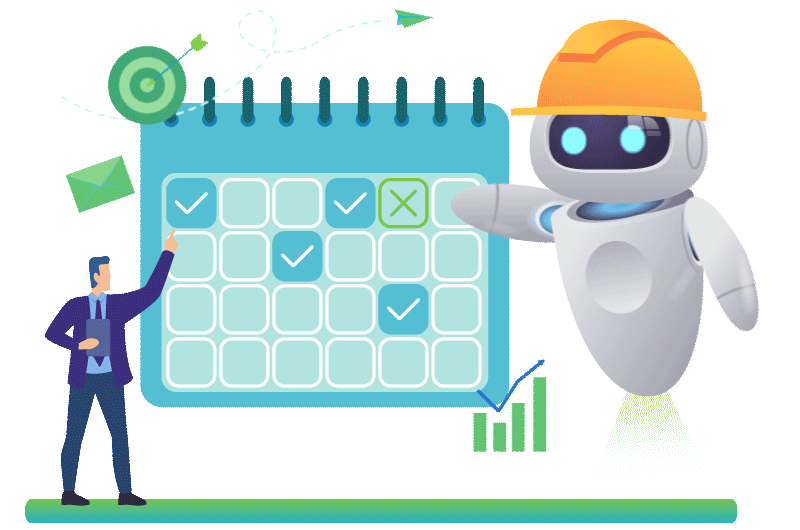
- Performance Monitoring: Agentic AI continuously tracks model accuracy, prediction drift, data drift, and operational relevance.
- Anomaly Alerts: AI flags models that show declining performance, bias development, or operational misalignment.
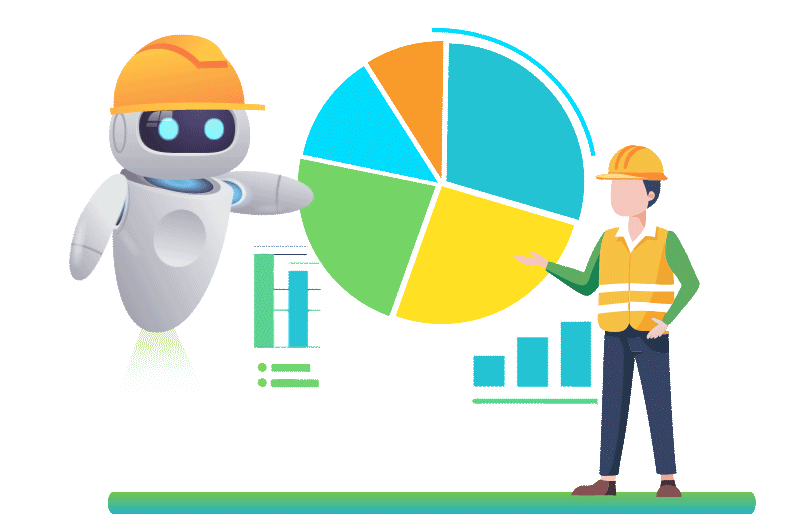
- Model Behavior Analysis: Generative AI analyzes feature shifts, input distributions, and failure patterns to identify why models are degrading.
- Causal Insights: Agentic AI links drift causes to operational changes, sensor faults, or process deviations for faster diagnosis.
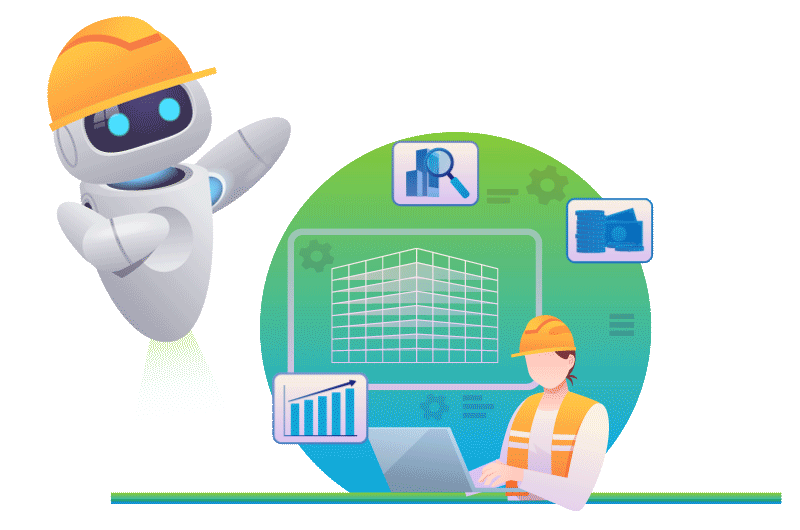
- Retraining Recommendations: AI prescribes optimal retraining schedules, data augmentation strategies, or algorithm updates to restore model performance.
- Model Selection Support: Agentic AI suggests model re-architecture, ensemble strategies, or switching to better-fit ML approaches when needed.
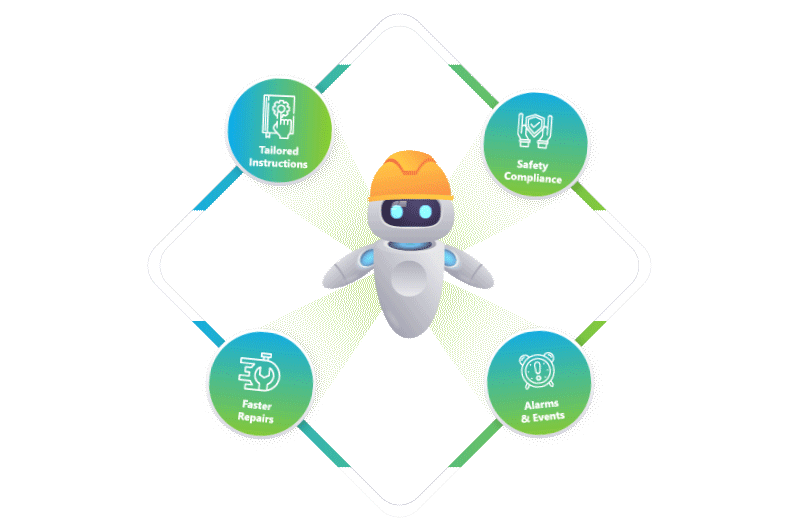
- Audit-Ready Model Logs: AI automatically structures model versioning, retraining history, validation metrics, and compliance documentation.
- Continuous Alignment: Models are adapted dynamically to evolving operational goals, regulatory requirements, and business priorities.
Industries we are transforming with Gen-AI, based on Tridiagonal OpsEdge
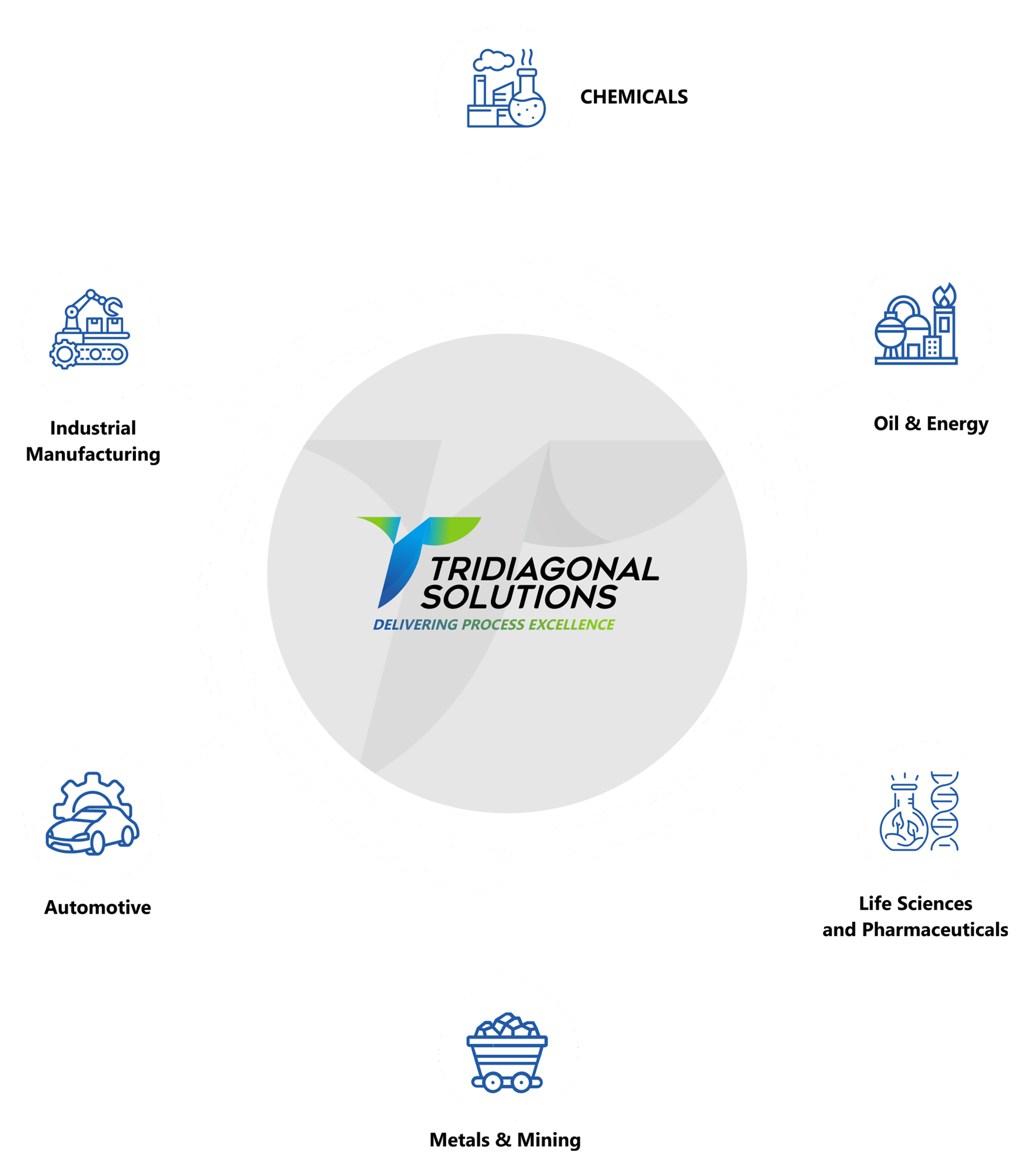
Technology Behind the Transformation


AI LCM Features
AI-LCM empowers your business with a suite of advaced features designed to streamline operations and drive growth.
Full Model Lifecycle Mapping
01Agentic AI maps models, data sources, KPIs, and operational context dynamically for holistic visibility.
Continuous Model Monitoring
02AI agents monitor prediction quality, drift signals, and performance degradation continuously across all deployed AI/ML models.
Root Cause Analysis for Model Failures
03Generative AI identifies underlying causes of model drift, performance loss, or operational mismatches.
Prescriptive Model Optimization
04Agentic AI recommends retraining, feature engineering, hyperparameter tuning, or model re-architecting strategies proactively.
Automated Retraining Scheduling
05Smart agents automate retraining schedules based on drift thresholds, operational needs, and criticality of model decisions.
Regulatory and Audit Readiness
06Complete tracking of model lineage, retraining logs, validation scores, and regulatory compliance reports generated automatically.
Adaptive Model Strategy Management
07Dynamic adaptation to changing data landscapes, business needs, and operational conditions without costly manual interventions.
Explainability and Transparent Decision Pathways
08Every model action, recommendation, or update is transparently explainable through dynamic knowledge graphs.

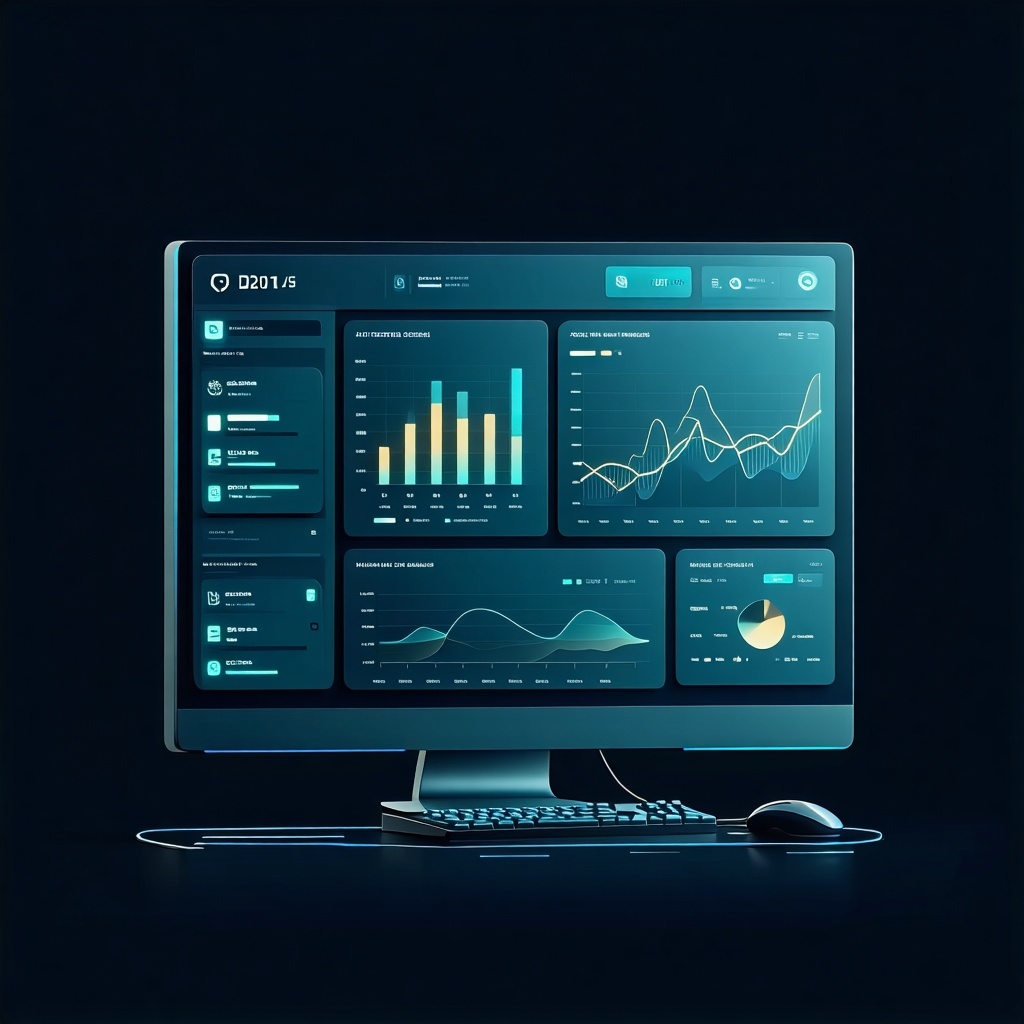

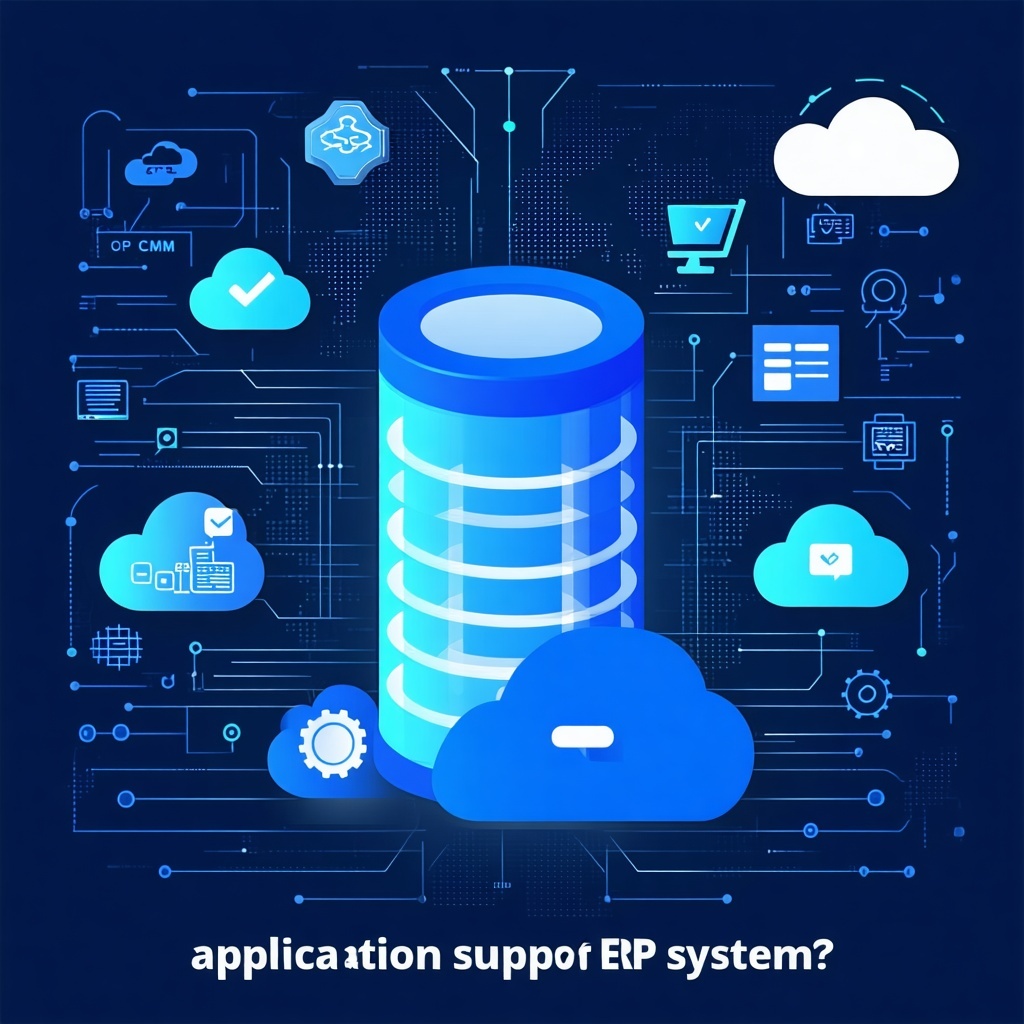



Key benefits of leveraging Gen AI
Faster Drift Detection and Response
Reduction
Reduction in Manual Model Validation Efforts
Reduction
Longer Model Lifespan
Reduction
Improvement in Prediction Accuracy Over Time
Reduction
Faster Compliance Reporting
Increase
Reduced Cost of Model Failures
Increase
Increased AI Trust and Adoption Across Operations
Increased
Work Order Completion Rate
Improvement
Frequently Asked Questions
How does it differentiate between concept drift and data drift for deployed models?
Concept drift is flagged by performance anomalies on stable data, while data drift is detected through statistical deviation from training data distributions — both tracked independently with domain-aware diagnostics.
Can it auto-trigger retraining workflows based on drift severity?
Yes, workflows can be configured to trigger retraining pipelines when performance drops below thresholds or drift severity crosses configured levels, reducing manual overhead.
How are model health metrics monitored in real time across distributed deployments?
Through lightweight telemetry agents embedded into endpoints or cloud environments, the system tracks latency, error rates, input drift, and model response anomalies continuously.
Is the solution compatible with existing MLOps pipelines like SageMaker or MLflow?
Yes, it integrates with AWS SageMaker, Azure ML, and MLflow using adapters to track lineage, model registry status, and pipeline execution health.
How are retraining datasets curated and versioned over time?
Data pipelines can automatically log and version drift-triggered datasets, tagging them with drift type and operational scenario metadata.
Can model outputs be audited for explainability in regulated industries?
Yes, models are linked with explainability logs and output traceability, ensuring compliance with pharma, chemical, or energy sector audits.
What happens if a model fails silently in production?
Silent failure detection monitors output variance, signal absence, or no decision changes over time, triggering alerts and fallback logic.

